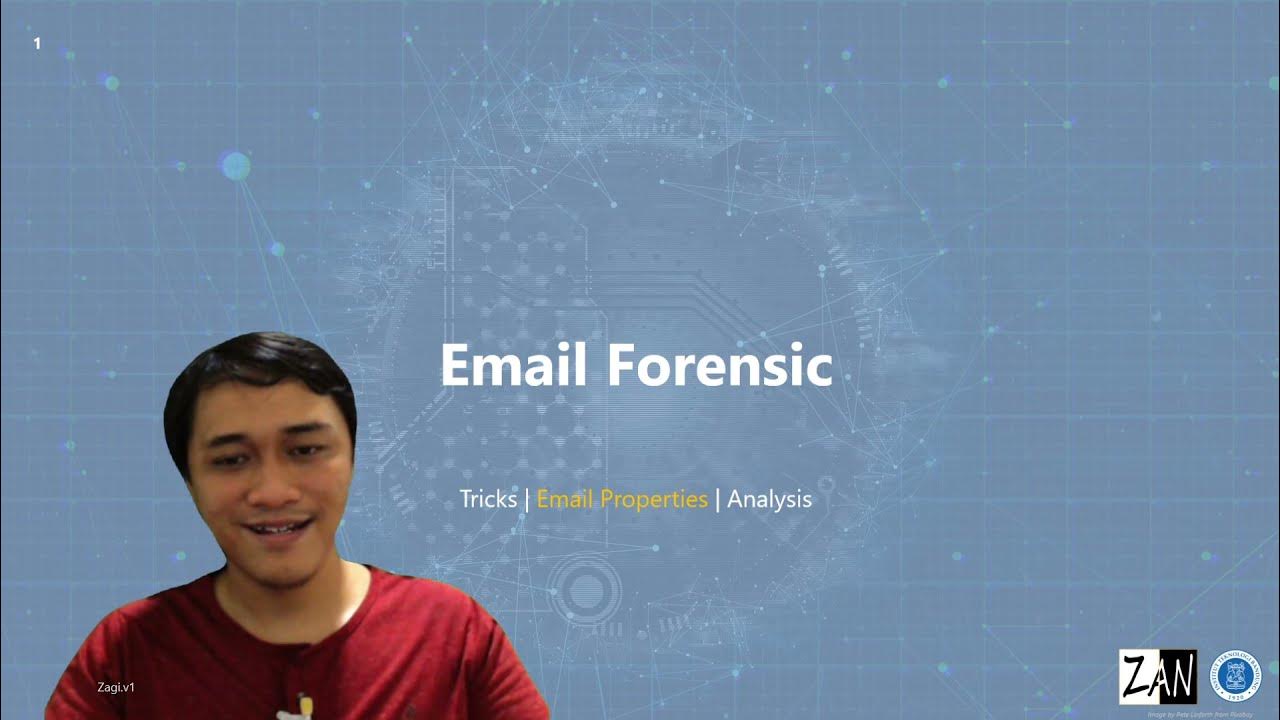Email protocols
Summary
TLDRThis video explains the process of sending and receiving emails, highlighting the roles of the Mail Transfer Agent (MTA), Domain Name System (DNS), and the two main email protocols: POP and IMAP. POP downloads emails to a single device, limiting access, while IMAP allows users to access emails from multiple devices in real time. The video emphasizes the importance of choosing the right protocol based on user needs, especially when integrating email with Zoho CRM, ensuring efficient communication and email management.
Takeaways
- 😀 Emails are sent from a sender's email address to a receiver's using the SMTP protocol.
- 😀 A DNS lookup translates email addresses into numerical IP addresses for server identification.
- 😀 Delays in email delivery may occur due to a mail queue on the server.
- 😀 The MTA (Mail Transfer Agent) is responsible for transferring emails between servers.
- 😀 POP (Post Office Protocol) downloads emails to a single device, removing them from the server.
- 😀 IMAP (Internet Message Access Protocol) allows access to emails from multiple devices without downloading them.
- 😀 POP is suitable for users with one dedicated device, while IMAP is best for users who need flexibility across devices.
- 😀 IMAP supports real-time status updates (read/unread) and automatic email backup.
- 😀 Choosing the right email protocol is crucial for effective email management in CRM systems.
- 😀 Before integrating email with CRM, ensure you have the necessary accounts and decide on the protocol to use.
Q & A
What is the first step when sending an email?
-The sender drafts an email and enters the recipient's email address using an email application.
What does MTA stand for, and what is its role?
-MTA stands for Mail Transfer Agent, which is responsible for sending the email using the SMTP protocol.
What is a DNS lookup, and why is it important?
-A DNS lookup translates email addresses and domain names into numerical IP addresses, allowing servers to identify each other.
What happens after the email reaches the recipient's mail server?
-The email is transferred to the Mail Delivery Agent (MDA) and then delivered to the recipient's local device.
What are the two main protocols used for retrieving emails?
-The two main protocols are POP (Post Office Protocol) and IMAP (Internet Messaging Access Protocol).
How does POP work?
-POP downloads all new messages from the email service to a single device, deleting them from the server afterward.
What is the main advantage of using IMAP over POP?
-IMAP allows users to access their emails from multiple devices while keeping them stored on the server.
Can emails accessed through POP be viewed offline?
-Yes, emails downloaded via POP can be accessed offline since they are stored locally on the device.
How does IMAP handle email statuses like read/unread?
-IMAP shows real-time read/unread statuses for emails because it keeps them on the server, allowing consistent access across devices.
What prerequisites are needed to integrate an email account with Zoho CRM?
-You need a Zoho CRM account, an email address for customer interaction, and a decision on which protocol (POP or IMAP) to use.
Outlines

This section is available to paid users only. Please upgrade to access this part.
Upgrade NowMindmap

This section is available to paid users only. Please upgrade to access this part.
Upgrade NowKeywords

This section is available to paid users only. Please upgrade to access this part.
Upgrade NowHighlights

This section is available to paid users only. Please upgrade to access this part.
Upgrade NowTranscripts

This section is available to paid users only. Please upgrade to access this part.
Upgrade NowBrowse More Related Video
5.0 / 5 (0 votes)





